Reading Hats: Which ones do YOU wear?
The big question I ask my students at the beginning of each year is: What hats do YOU wear when you’re reading?”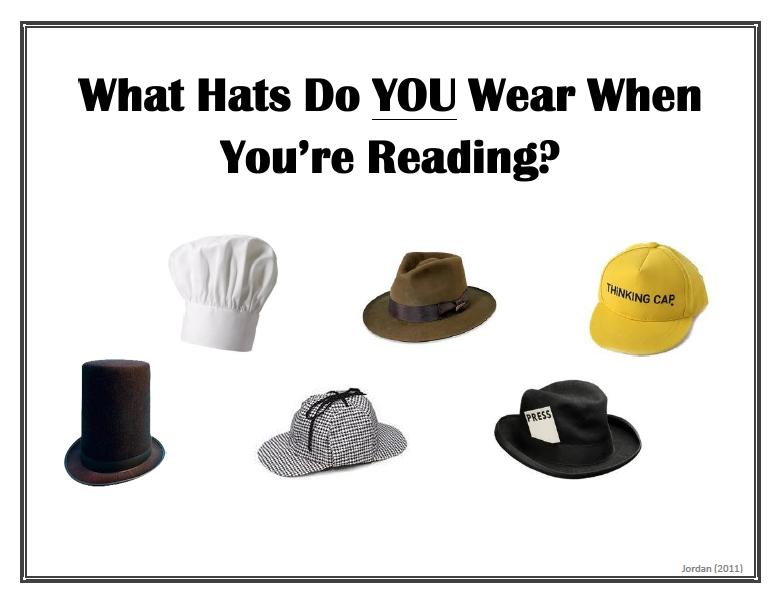 The response is usually one of confusion, or one that shows off their way-too-literal minds (e.g., “My favorite baseball hat, of course!”). The truth is, readers can wear MANY hats when they read! However, with each hat is a different role and purpose for reading. Readers can have many roles and many purposes throughout their instructional day, but the trick is knowing when to put on each hat and what to do once you do!
The response is usually one of confusion, or one that shows off their way-too-literal minds (e.g., “My favorite baseball hat, of course!”). The truth is, readers can wear MANY hats when they read! However, with each hat is a different role and purpose for reading. Readers can have many roles and many purposes throughout their instructional day, but the trick is knowing when to put on each hat and what to do once you do!
Readers Are:
- Chefs
- Detectives
- Reporters
- Problem Solvers
- Investigators
- Leaders
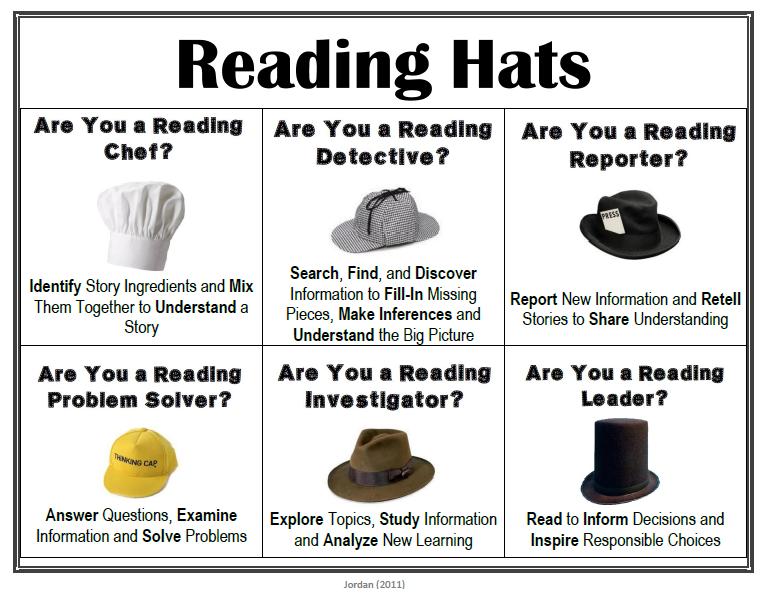
Are You a Reading Chef?
As a Reading Chef, your job is to identify story ingredients (i.e., story elements) and “mix” them together to understand a fictional story.
Students as Reading Chefs can read for the purpose of entertainment and the benefits of a good story recipe! Students can then “pass on the recipe” and retell a story using the story ingredients they identified.
Are You a Reading Detective?
As a Reading Detective, your job is to search, find and discover information to fill-in the missing pieces, make inferences, and understand the “Big Picture” of a story.
Students can be Reading Detectives with all types of Fiction stories, not just mysteries. They can learn about characters and story events, and fill in the unknown pieces using their inferencing skills! Through discovery and inferencing, students can put together the pieces of the puzzle and the overall “Big Picture.”
Are You a Reading Reporter?
As a Reading Reporter, your job is to report new information and retell stories to share understanding.
Students can be Reading Reporters for both fiction and non-fiction texts. For non-fiction, students can share their new learning with thinking partners orally, or can share their learning through expository writing. For fiction, students can practice sharing oral retells of stories or writing story summaries to share the events and elements of the story.
Are You a Reading Problem Solver?
As a Reading Problem Solver, your job is to answer questions, examine information and solve problems.
Students can pose questions and read for the purpose of finding the answers. They can also read to persuade an audience of possible solutions for a problem. This hat involves students researching and examining existing information in various non-fiction texts. Students are Reading Problem Solvers during many science experiments and content-area research projects.
Are You a Reading Investigator?
As a Reading Investigator, your job is to explore topics, study information and analyze new learning.
Students investigate content-area topics to build background knowledge for fictional stories, or to learn about a specific topic for a content-area unit. Students use research skills and various non-fiction learning strategies to explore information and develop new learning. As Reading Investigators, students can then analyze their new learning to build- up their understanding of a topic!
Are You a Reading Leader?
As a Reading Leader, your job is read to inform decisions and inspire life choices.
Students can read for information to build character in themselves and also to guide their life choices. Students as Reading Leaders can read for the purpose of making decisions or to inform opinions.
What other hats do your students wear during reading?
—
Happy Teaching!

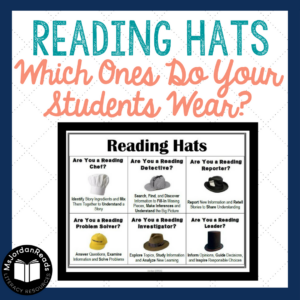
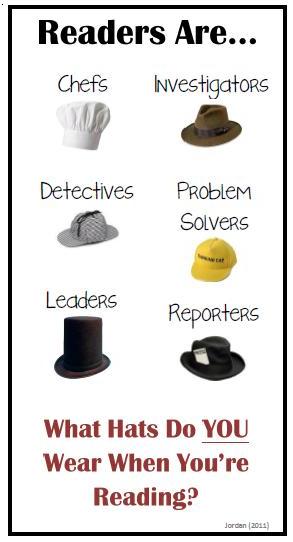

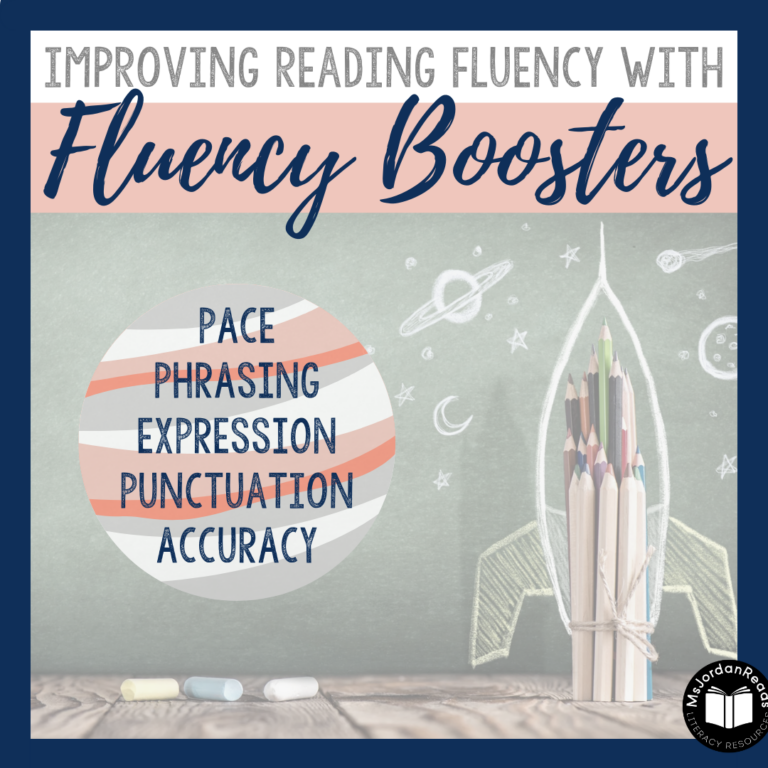
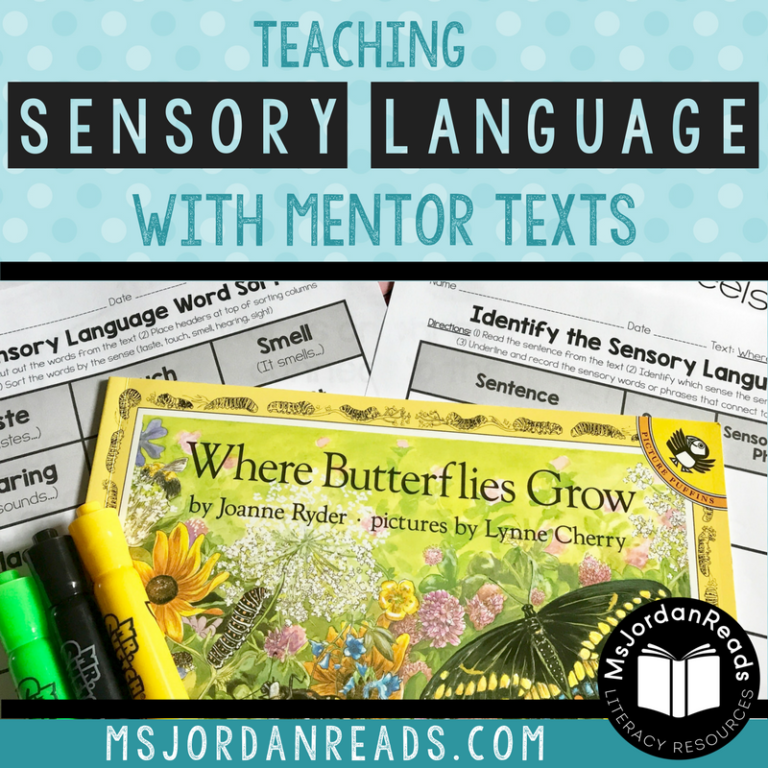
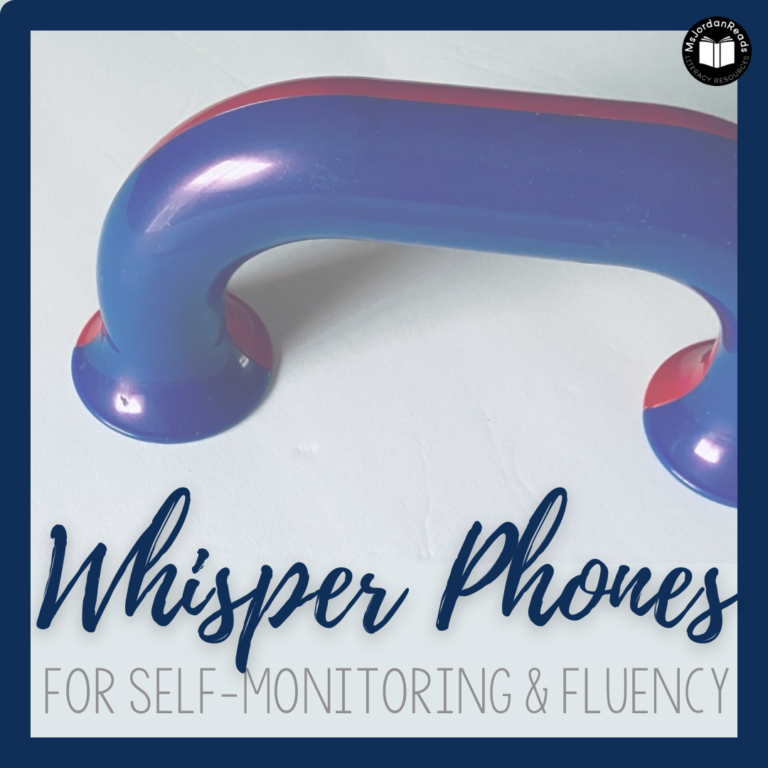
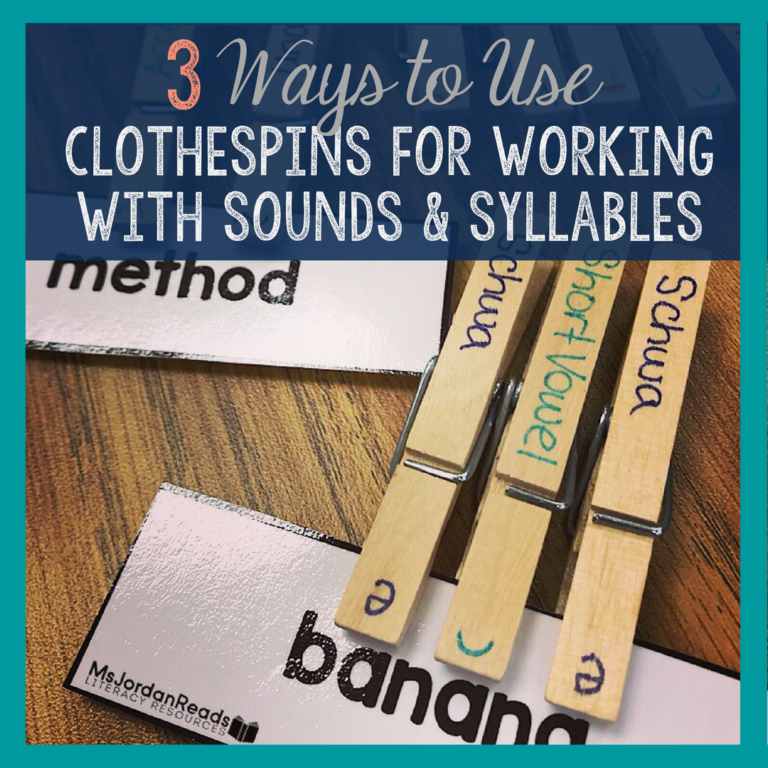
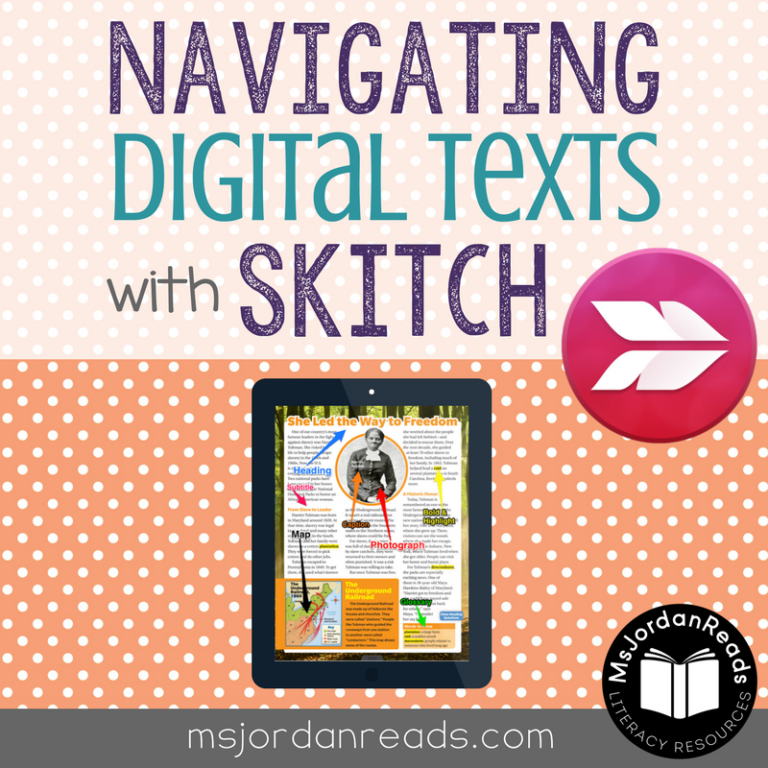
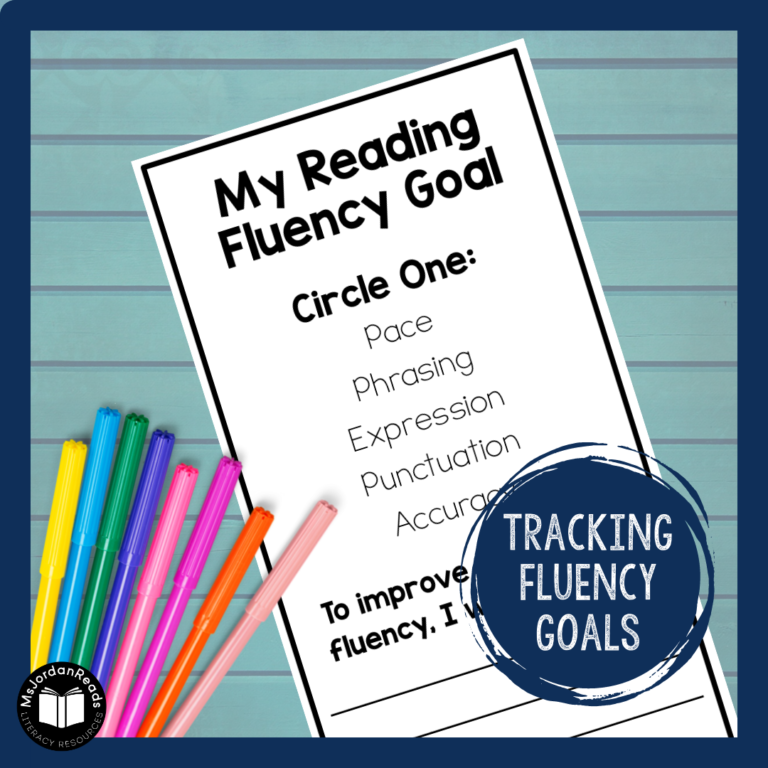
Interesting approach to reading – could you elaborate more on it in future posts? I am thinking some classroom examples of feedback from each hat-wearer 🙂 and an activity sketch.
Thanks!
Thank you for your interest and feedback!
Just a quick overview… I typically introduce each hat in the beginning of the year (one at a time, with appropriate fiction and non-fiction texts) using modeling, think-alouds, and anchor charts. It really helps students reflect on the purpose of reading and their role as readers (which greatly supports the interactive process of “readers as thinkers” and active reading). I love the Reading Hats because it really provides opportunities across the content areas for students to “put on” the appropriate hat before reading and to identify their reading goals. I connect the different hats to text genres and text structures through mini-lessons to help students decide which hat is appropriate.
In the posters I created for this, I underlined the actions for each hat (e.g. think, understand, analyze, etc.) so they can make that quick connection to what they have to do! The students love it. I’ve even found most of the hats (esp. around this time of year!) for students to wear and for me to wear when I model it! Eventually, my goal is for students to think about the hats automatically and apply it to their own independent reading!
I will put together a post with the break-down of how I typically teach the Reading Hats so you can get a better picture of this unit. Hope this helps for now!
Thank you! I am following you on Twitter already so I could get in touch easily.
Nice idea. The different hats correspond very closely with the various roles used in Literature Circles. I can see this working nicely with younger students who could be inspired to ‘get into’ reading activities with the enticement of wearing a different hat representing their role. I’ve been looking for a way to blend this idea or that of Literature Circles with Web 2.0 technology. Any ideas?
To integrate Web 2.0 tools, you could always try virtual Literature Circles where the students complete their roles in a discussion board or in a classroom blog you set up. I agree that the Reading Hats correlate with Literature Circle roles and am in the process of developing Hat role sheets. Hopefully I can share with my next blog post!
Hello Kristin,
Thank you for sharing with us your Reading Hats idea. I thought that was very innovative and creative. I can imagine how children will be so excited to put on their hats. My question is I think you had said you introduce this hat in the beginning of the school and looks like you introduce them one after another. I waswondering if you have ever encountered any children wanting to only be one kind of hat. In literacy, our goal is to help them experience wearing all those hats. I use the Daily FIve and Literature Circle (station) with my children but I do like this approach but wonder what challenges you may have ran into. Also could this approach applies to Grade 3s up?
Thank you.,
Esther